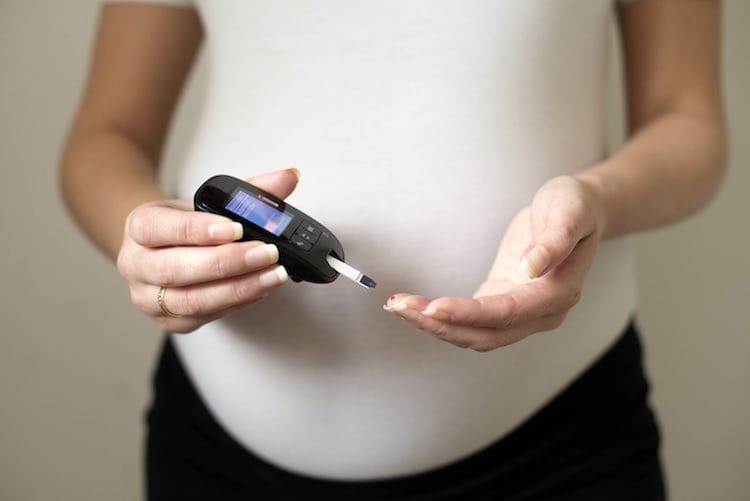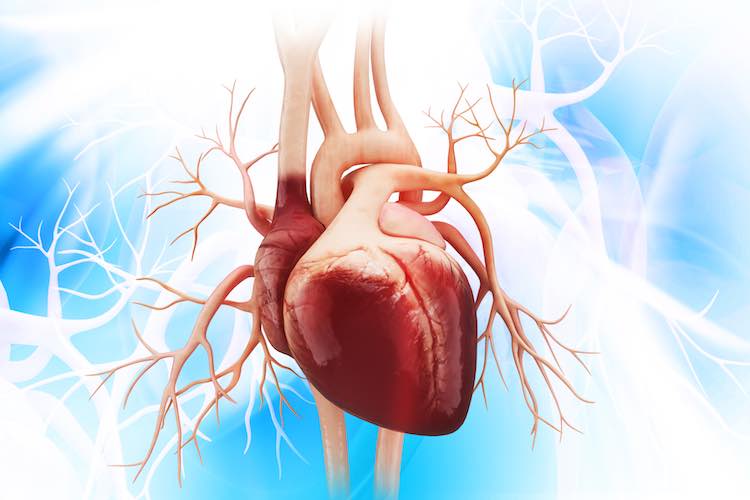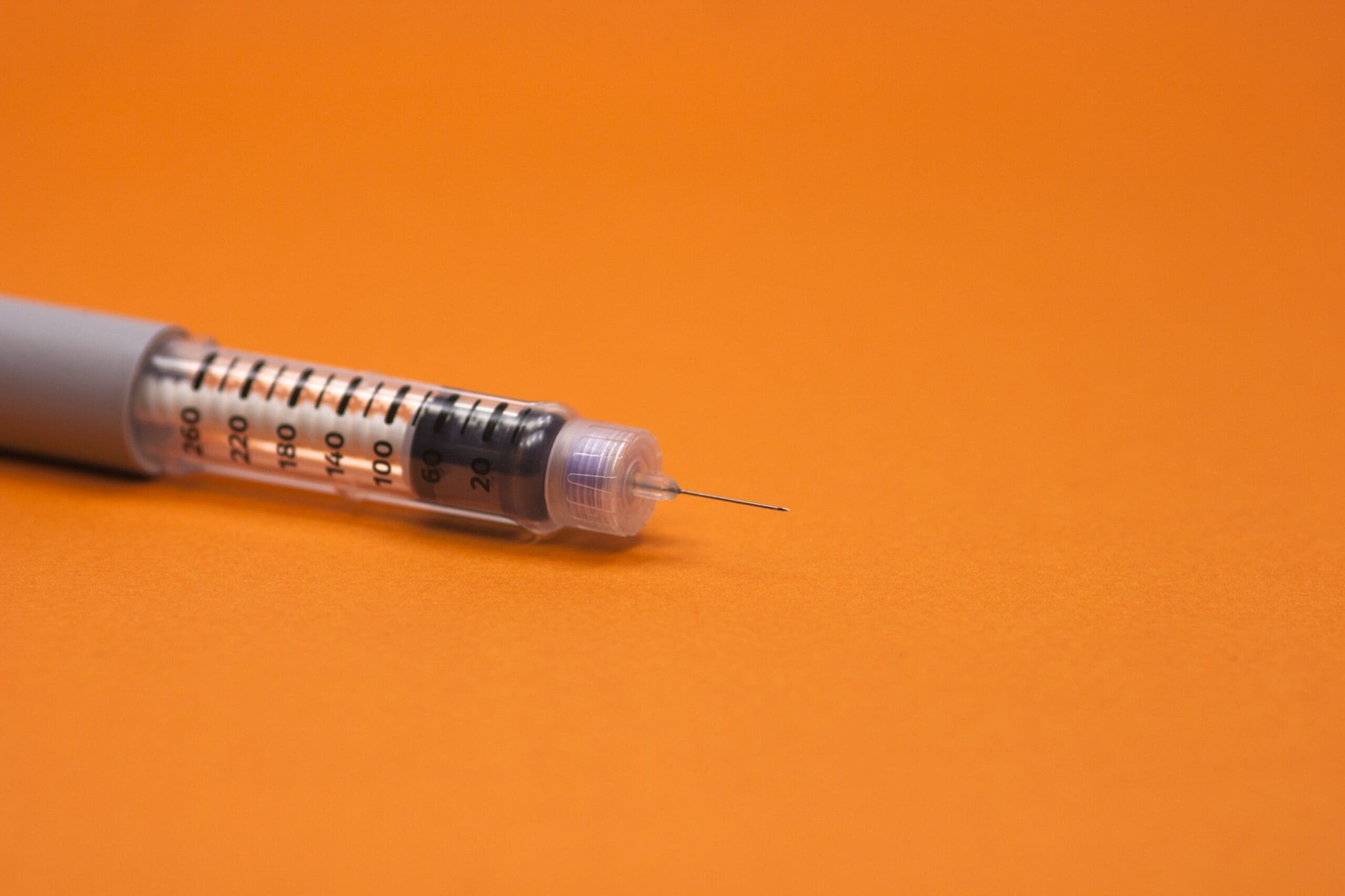Aerobic exercise improves aerobic capacity in people with chronic heart failure.
blood
Peripheral arterial disease
Peripheral arterial disease refers to a narrowing of the blood vessels in the legs. Find out about the symptoms, risk factors, tests and treatment.
Haemophilia: what is it?
Bleeding disorders such as Haemophilia and von Willebrand disease are rare health conditions where a person’s blood doesn’t clot properly. This article explains what causes bleeding disorders, how they are inherited, common symptoms, treatment, how many people in Australia have them and where to find more information.
Exercise improves blood sugar in women with gestational diabetes
Exercise, alongside standard care, can improve blood sugar control in women with gestational diabetes.
Heart attack and cardiac arrest: emergency treatment
First aid and emergency treatment if you suspect someone is having a heart attack, or if someone has had a cardiac arrest.
Heart attack recovery
Most people make a good recovery after a heart attack. Cardiac rehabilitation services give support and advice to help you return to an active life and help prevent future heart problems.
Women twice as likely to die from a serious heart attack than men
Women are more likely than men to not get appropriate follow-up treatment after a heart attack, and 6 months later are twice as likely to die from a serious heart attack.
Women treated worse than men after heart attack
Women have poorer outcomes after a serious heart attack than men, and are less likely to receive the right treatment.
Heart anatomy
View a picture of the anatomy of the heart, which is made up of 4 compartments: 2 atria and 2 ventricles.
Type 1 diabetes
Type 1 diabetes is a condition where the pancreas doesn’t make enough insulin, resulting in high blood glucose (sugar) levels.









